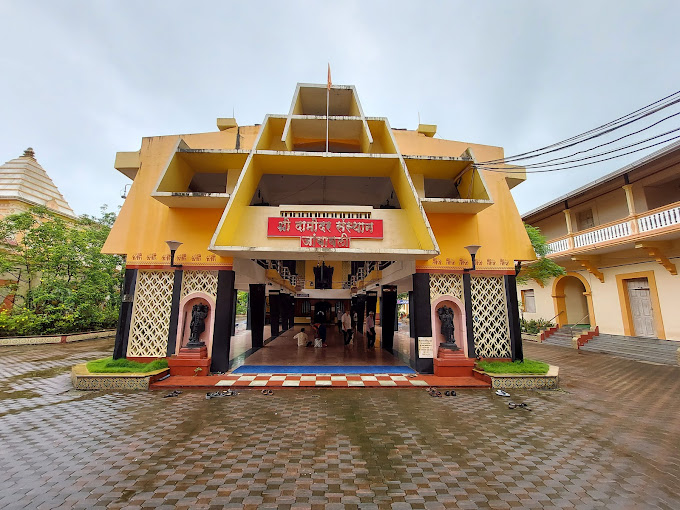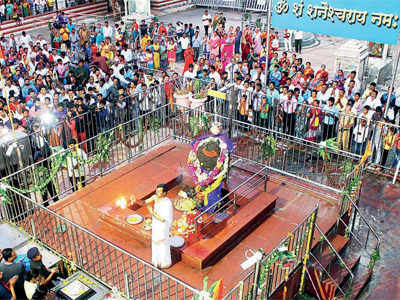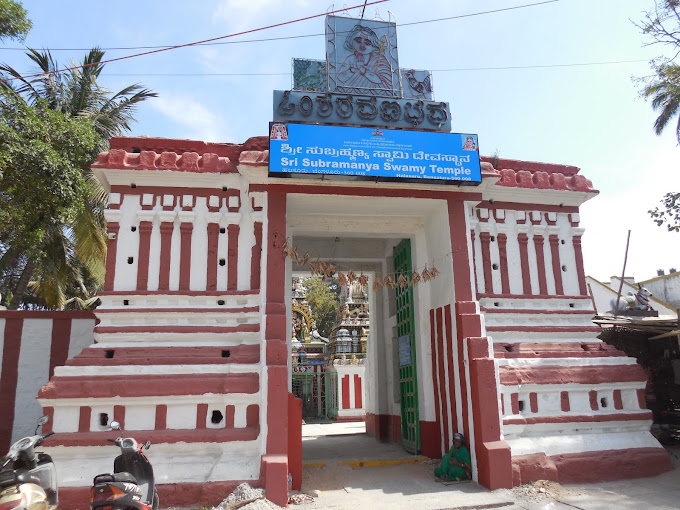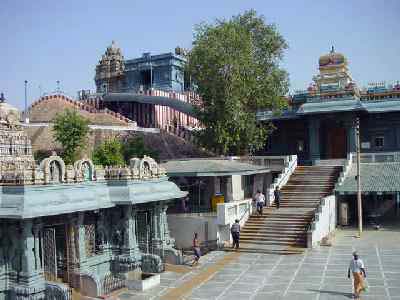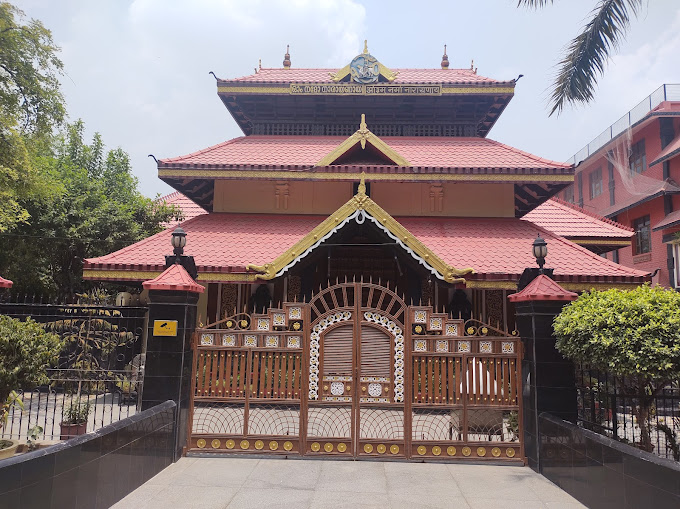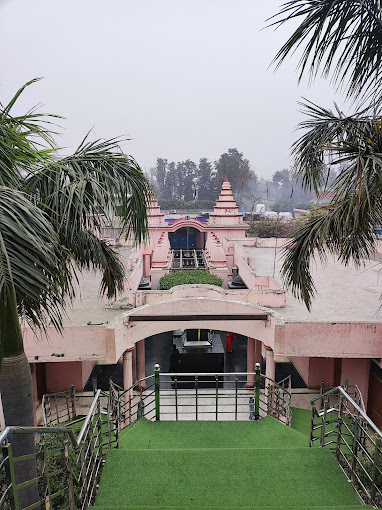Piprahwa Buddhist Stupa- Uttar Pradesh
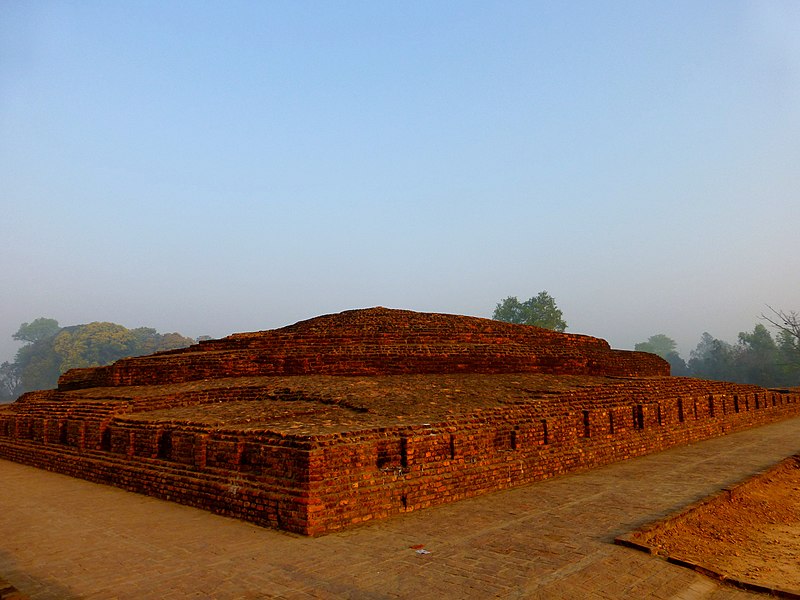
Address
Piprahwa Buddhist Stupa- Piprahawa, Siddharthnagar district Uttar Pradesh
Diety
Buddha
Introduction
Piprahwa Buddhist Stupa is located in the Piprahwa village near Siddharthnagar city in Siddharthnagar district of the Indian state of Uttar Pradesh. It lies in the heart of the historical Buddha’s homeland. Piprahwa is best known for its archaeological site and excavations that suggest that it may have been the burial place of the portion of the Buddha’s ashes that were given to his own Shakya clan. A large stupa and the ruins of several monasteries as well as a museum are located within the site. Ancient residential complexes and shrines were uncovered at the adjacent mound of Ganwaria.
Puranic Significance
A buried stupa was discovered by William Claxton Peppe, a British colonial engineer and landowner of an estate at Piprahwa in January 1898. Following the severe famine that decimated Northern India, Peppe led a team in excavating a large earthen mound on his land. Having cleared away scrub and jungle, they set to work building a deep trench through the mound. After digging through 18 feet of solid brickwork, they came to a large stone coffer which contained five small vases containing bone fragments, ashes, and jewels. On one of the vases was a Brahmi script which was translated by Georg Bühler, a leading European epigraphist of the time, to mean: This inscription implied that the bone fragments were part of the remains of Gautama Buddha, the founder of Buddhism. Throughout the following decade or so, epigraphists debated the precise meaning of the inscription. Vincent Smith, William Hoey, Thomas Rhys Davids, and Emile Senart all translated the inscription to confirm that these were relics of the Buddha. The main stupa at Piprahwa, one of the earliest so far discovered in India, was built in three phases. In the 6th-5th century BCE, around the time of the death of the Buddha, it was raised by piling up natural earth from the surrounding area. This was in accordance with a request of the Buddha who had asked that he be buried under the earth “heaped up as rice is heaped in an alms bowl.” At Piprahwa, the restoration consisted of filling thick clay over the structure and of building two tiers to reach a height of 4.55m. In phase III, during the Kushan period, the stupa was extensively enlarged and reached a height of 6.35 meters (20.8 ft). The largest structure after the stupa is the Eastern Monastery that measures 45.11m x 41.14m with a courtyard and more than thirty cells around it. The complex includes an additional Southern Monastery, Western Monastery, and Northern Monastery.
Century/Period/Age
6th-5th century BCE
Managed By
Archaeological Survey of India (ASI)
Nearest Bus Station
Piprahwa
Nearest Railway Station
Naugarh
Nearest Airport
Gorakhpur
